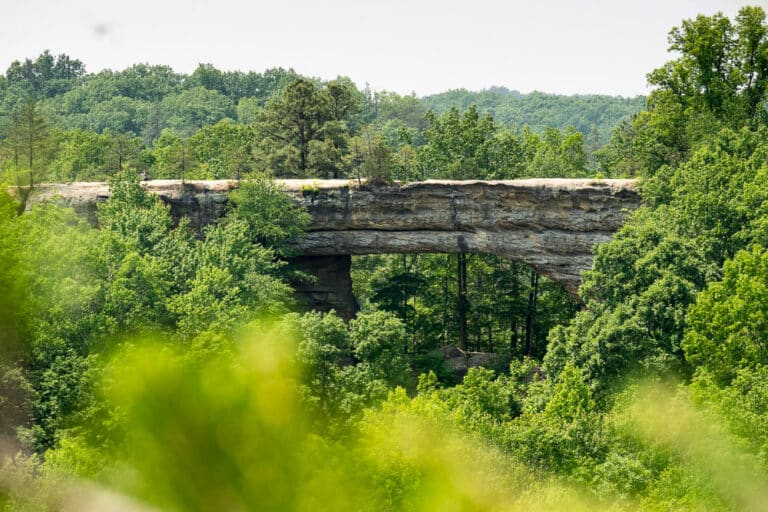 Ian Snider is one of a handful of loggers who’s trying to revolutionize the forestry industry by introducing sustainable, animal-powered timber practices. The 26-year old logs private forests on horseback, building recreational trails instead of roads. He and other members of the Healing Harvest Forest Foundation are trying to convince our public land agencies that forestry and recreation don’t have to be mutually exclusive.
Ian Snider is one of a handful of loggers who’s trying to revolutionize the forestry industry by introducing sustainable, animal-powered timber practices. The 26-year old logs private forests on horseback, building recreational trails instead of roads. He and other members of the Healing Harvest Forest Foundation are trying to convince our public land agencies that forestry and recreation don’t have to be mutually exclusive.
How can cutting trees be sustainable?
Sustainable forestry manages forests for the long term and includes all stakeholders in the decision, including the trees. We leave the strongest, best trees in order to breed a better forest for the long term. Instead of machinery, we use a horse-powered system that automatically limits the amount of wood we can produce. We harvest in winter so there’s less erosion and we’re out by May before the song birds return. And we practice community economics, processing the wood within the community.
In the Southeast, environmental organizations spend a lot of time fighting timber projects that will negatively affect trail systems. How does horse-driven forestry address this issue?
We don’t build roads like big timber companies. We build trails no wider than the horse, so when we’re done, you have ready-made trails that are built on the contour of the land. We actually improve the recreational value, not decrease it. So you get trail building as a free bonus. And the forest is improved because we take the weakest, dead trees out first and leave the best. You wouldn’t be able to tell we were there except for the trails.
Why are public land managers reluctant to employ this kind of forestry?
The scale at which forests are managed right now is too large. These timber cuts are top-down bureaucratic decisions. They write up a forest plan, then ask for the highest bidder. The decisions are made under the false principle that clear-cutting regenerates free standing hardwood forests. That’s not true. Sure, these forests will grow back in 100 years, but what do you do in the meantime? And what will be the quality of that regenerated forest? The system in place encourages timber companies to pillage the land. But horse-driven sustainable forestry is a viable approach that is socially just and economically viable.
Wouldn’t sustainable forestry, which harvests less wood, reduce revenue for the Forest Service?
The current forestry model is short-sighted and not economically profitable. Timber sales on federal lands operate at a $1 billion net loss. Plus, more than just timber value needs to be considered in forest management. The value of the trees not cut down needs to be considered. If we’re serious about air quality, global warming, recreation, then something needs to change. If you keep taking the best trees, you’re not going to have anything for the future.







